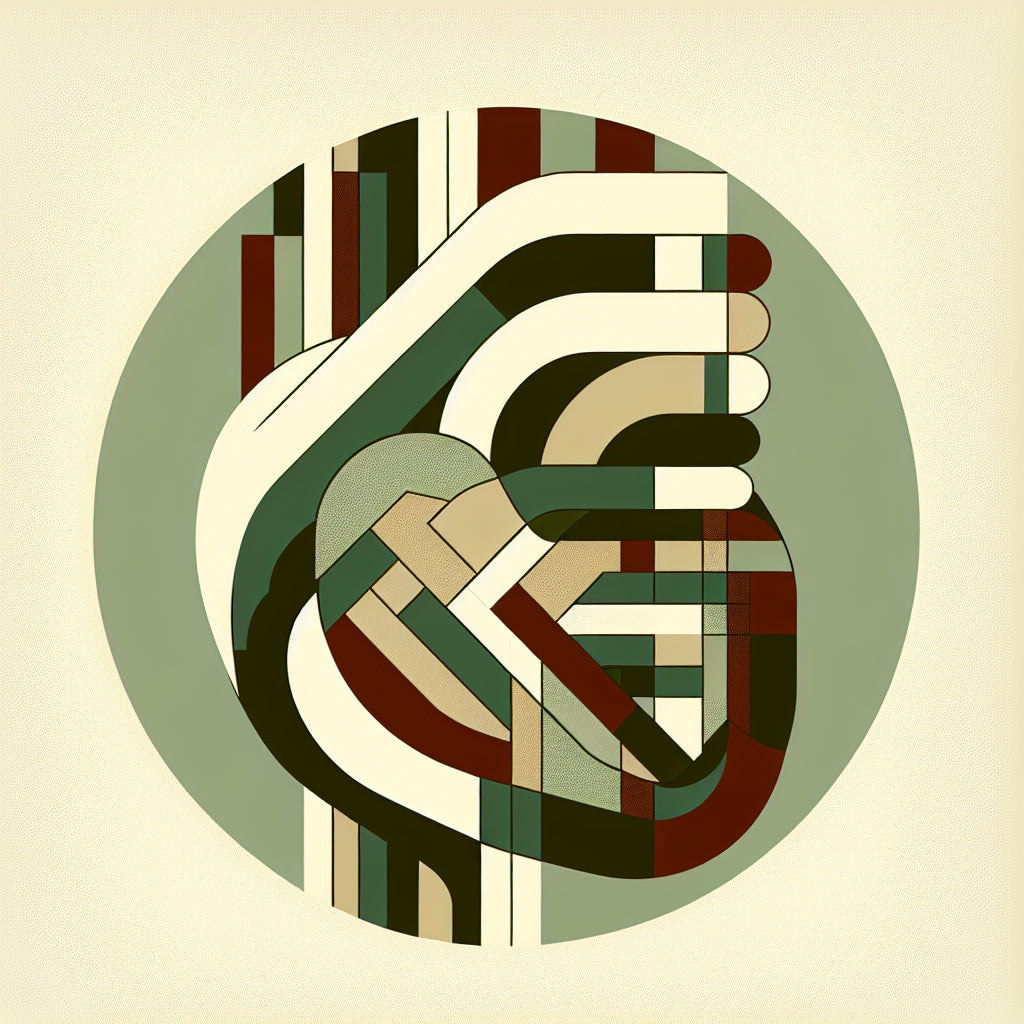
Advancements in 3D-printed vascular networks
Share
Revolutionizing organ transplantation
The quest for creating functional human organs outside the body has been a significant challenge in medical science. Recent developments at Harvard's Wyss Institute for Biologically Inspired Engineering and the John A. Paulson School of Engineering and Applied Science (SEAS) have brought us closer to this goal. A new method to 3D print vascular networks, which are crucial for organ viability, has been developed, showcasing a significant leap towards the manufacturing of implantable human organs.
Innovative 3D printing techniques
The team at the Wyss Institute introduced an advanced 3D printing technique known as coaxial sacrificial writing in functional tissue (co-SWIFT). This method allows for the creation of vascular networks with a multilayer architecture that mimics natural blood vessels. These networks are essential for transporting nutrients and oxygen within tissues, making them critical for the survival of functional organs.
Enhancing tissue viability
The co-SWIFT technique involves a unique core-shell nozzle design that enables the printing of interconnected vascular networks. This innovation not only supports the structural integrity of the printed vessels but also ensures their functionality by allowing for sufficient perfusion. The ability to vary the size of these vessels during printing further enhances their applicability across different types of tissues and organs.
Biological and clinical implications
After successfully printing these vascular networks, the team moved forward with embedding living cells within the structure. Smooth muscle cells and endothelial cells were integrated, creating a biologically relevant environment. These cell-laden vessels were then tested in cardiac tissues, where they demonstrated the ability to support heart function and respond to common cardiac drugs, marking a significant step towards their use in personalized medicine and organ transplantation.
Future directions and potential
The potential applications of co-SWIFT extend beyond just creating organs. The technique's adaptability to patient-specific needs opens up possibilities for personalized medical treatments and advancements in tissue engineering. The team at Wyss Institute plans to continue refining this technology to enhance the functionality and integration of lab-grown tissues, aiming to eventually implement these solutions in clinical settings.
Conclusion
The development of 3D-printed vascular networks through co-SWIFT represents a transformative advancement in the field of biologically inspired engineering. As this technology continues to evolve, it holds the promise of significantly impacting the longevity and quality of life for patients worldwide, paving the way for future innovations in healthcare.